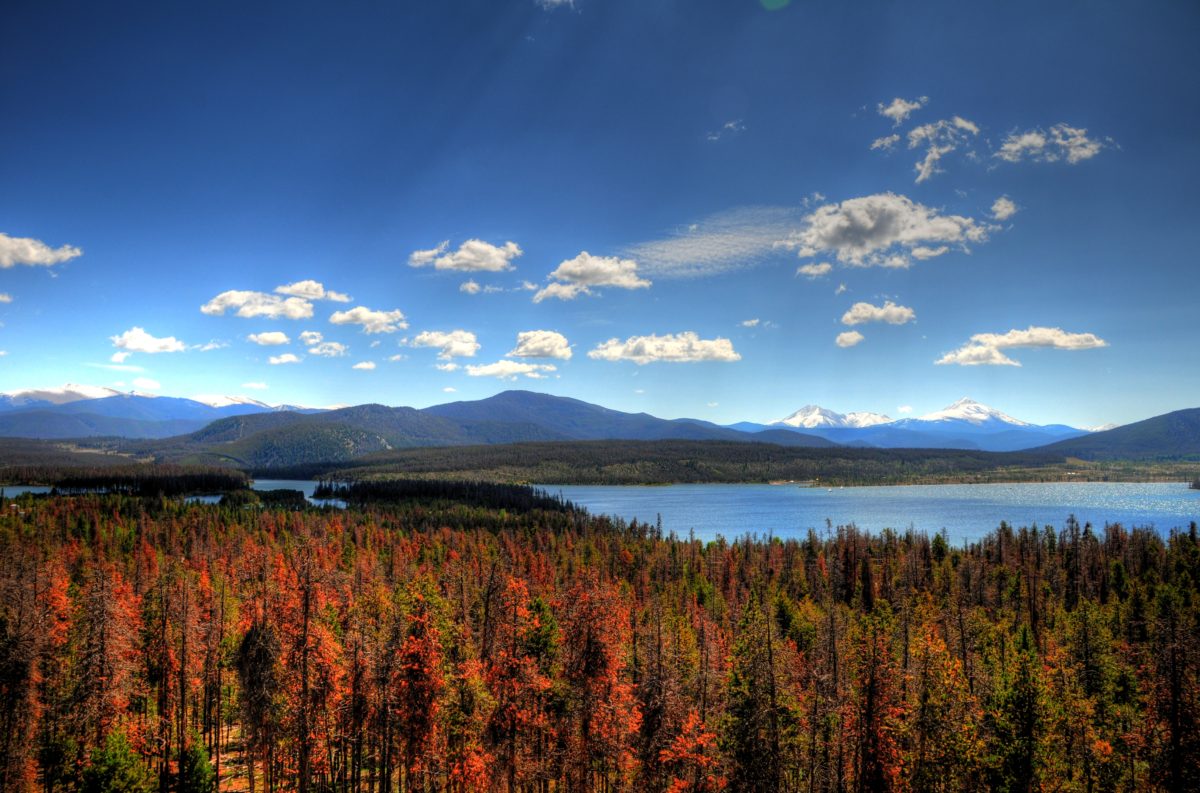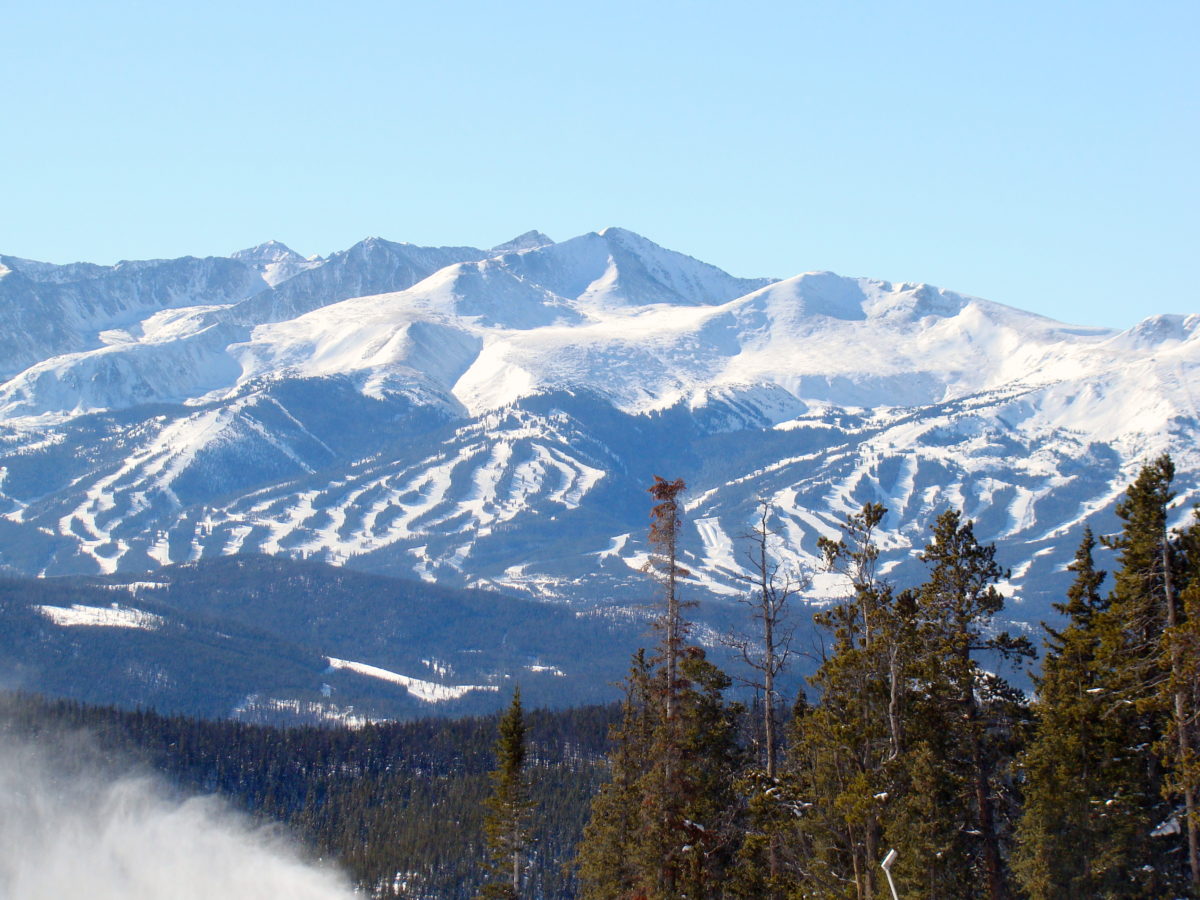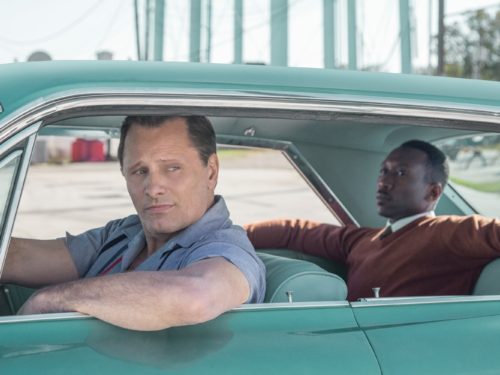Welcome to the Hotel Rockies. Any time of year, you can find it here. Sometimes you’ll find snow-covered peaks. Sometimes you’ll find grassy stretches and blue lakes. Such a lovely place.
And no one here will let you forget it.
“We’re just so lucky to live in a place like this,” said one resident, a transplant from New York City who had arrived only a few months prior. “Sometimes I feel down and I have to remind myself that.”
Nestled between 8,000-9,500 feet above sea level and about 70 miles west of Denver, the cluster of Frisco, Silverthorne, Dillon, Breckenridge and Keystone make up most of Summit County’s hustle and bustle. These are vacation towns for many, places where people own homes they only use part-time.
Full-time residents were once a quiet group, hovering around 2,000-3,000 in the ’60s and early ’70s. The full-time population is now estimated over 30,000. They work in restaurants, hotels, ski resorts or not at all. Those who choose to live here year-round do so in an alternate reality. It’s as if the toys have come to life after the children have left the room. The residents of this naturally beautiful place are an unnatural community — in economic/social strata and racial composition (a blinding 95 percent identify as white) — haunting a town built for the people who don’t stay longer than an extended weekend.

Colorado isn’t wholly a diverse place by any stretch, but things are particularly homogenous in these little communities where winter sports are a driving force and rent for a comfortable abode is rarely below quadruple digits.
“If you find a place this beautiful that’s cheap, you let me know,” said a long-time resident sarcastically, prompted by my marveling at the cost of living. He wasn’t entirely off-base in this challenge. Good scenery comes at a cost — and it’s a sad reality that many will never be able to afford the view.
That all said, an entirely negative look on these strange mountain towns could be critiqued as objectively inaccurate. There are few more inherently beautiful places than Summit County, where the landscape resembles a Bob Ross painting from nearly every angle. It is a daily privilege to walk outside and breathe the air, which, though thin, is as crisp as anywhere. For those who thrive in the outdoors and can afford it, every day is an opportunity to explore some of the continent’s best in skiing, mountain biking, hiking and so on. It is a place where people go to get away, and you are living in that fantasy.
However, such a unique locale draws from every corner of humanity. The Moosejaw — a local dive I frequented in my three-month stay — was as good a showcase as any for the county’s oddities. It was on a routine night at the Jaw, confronted by a group of rugby players (who I had irritated earlier that week), that I learned a few quick lessons about my fellow Summit-ites. “Respect the locals,” repeated the ringleader, with my survival ensured only by a pool cue between me and a crowd of half-drunk meatheads. The comrade next to him repeated the phrase, in an Aussie accent.
Lessons learned:
-
- A place as bizarre as Summit County can host “locals” of any nationality, any background. It’s a strange melting pot that seems to have been left on the burner all night. Class too, seems to have become skewed in the snow. Summit hosts two economic groups: the service workers and ski-bums who live as frugally as possible (we’re talking 10 people squeezed into a three-bedroom condo, folks) and the wildly wealthy, Patagonia-clad retirees, young and old.
- In a town that literally lives and dies on tourism, permanence is seen as the ultimate badge of validation. As I protested that although I hadn’t grown up in those mountains, I was, in fact, a local, I realized that the situation spoke to the greater hypocritical tendencies of towns with rapidly increasing populations. A fear of the outsider will always prevail, and, perhaps more so, a desire to label any enemy as an outsider will override all reason. Summit is a community built on transition which fears and loathes, more than anything, the transitory.
Although I survived my run-in with the No-Neck Rugby Club of Summit, I never really settled into the place. So much of acclimating to a new environment is making it a home, in a personal sense. It’s finding the niches that are meaningful to you, physically and mentally, tracking down different types of people who hold value in your social community. Making a place home is making it your own. But if most towns are a run-down fixer-upper of a house in which you fix the creaky boards and color with your own furniture, Summit County’s towns are an IKEA living room — pre-decorated with all the accommodations you could ever need and populated by a wide-ranging group, diverse in their demeanor and the problems they’re running away from, but otherwise white as the snow on the ground.
At the end of the winter, with ski season drawing to a close, the strangeness (and next month’s rent) was all just a bit too much to bear. I packed up and set off westward. But as I drove out of town, I had to appreciate how lovely the reservoir looked on an early spring day.
Take the Ride is a series of columns detailing Cooper Green’s attempts to stay alive out in the wild, wild world with nothing but his trusty Subaru, PBR and peanut butter. Look for the next one, eventually. Follow Cooper on Twitter.
(Split Tooth may earn a commission from purchases made through affiliate links on our site.)




